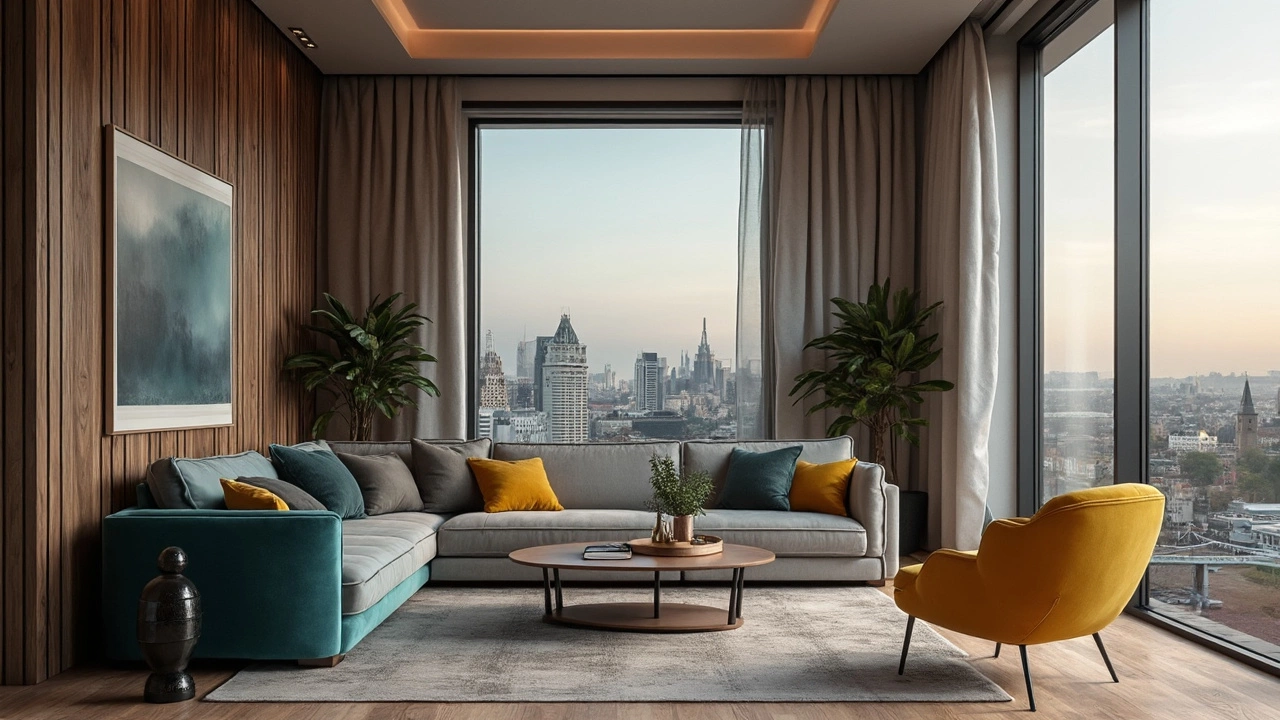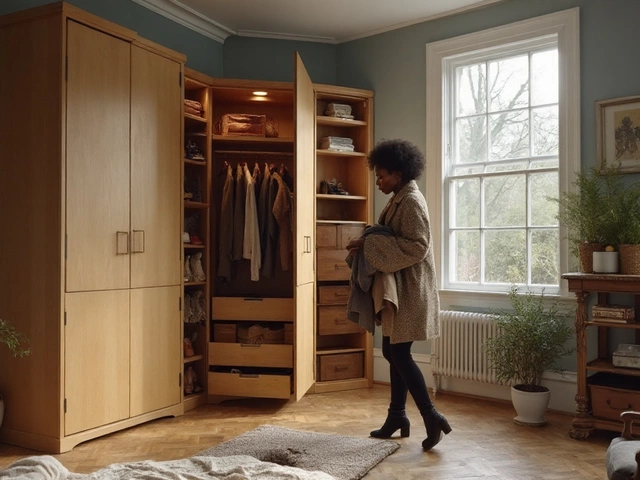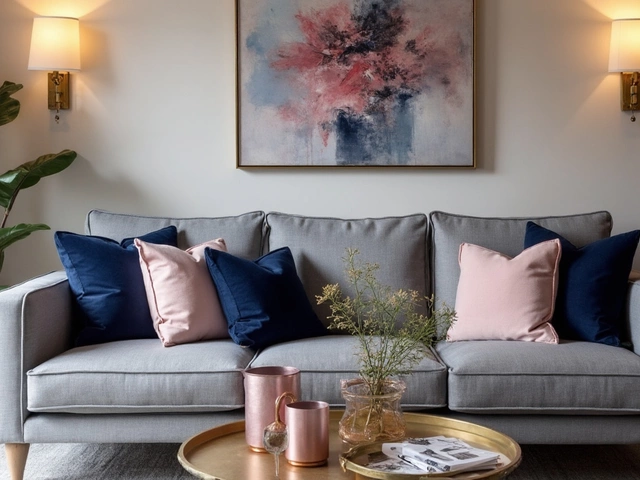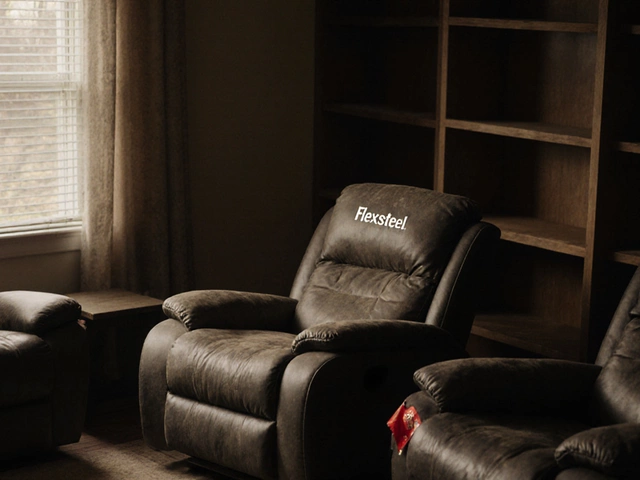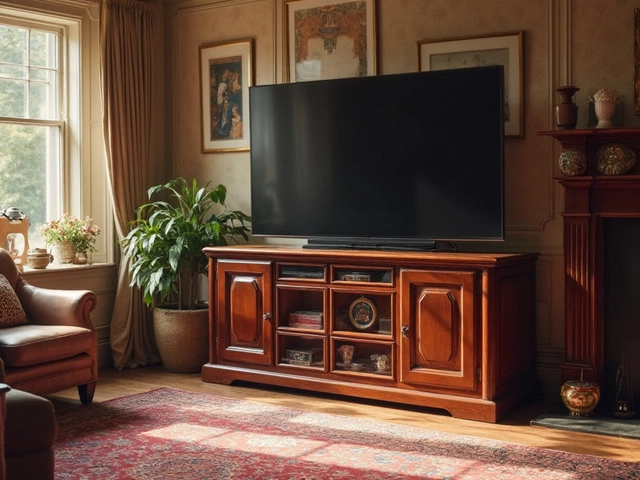Accent Chair Colors for Classrooms and Study Areas
Choosing the right colour for an accent chair can change the feel of a room in minutes. In a school or university setting, the right shade does more than look good – it can boost focus, spark creativity, and make the space feel welcoming. Below you’ll find simple advice on why colour matters and which shades work best for learning environments.
Why colour matters in learning spaces
Students spend hours sitting in chairs, so the colour of those chairs can influence mood. Bright, warm tones like orange or yellow add energy and help keep attention up during long lessons. Cool shades such as blue or green create a calm atmosphere, which is useful for quiet study zones or libraries. Neutral colours like charcoal or beige are safe choices that blend well with most décor and don’t distract from teaching materials.
Research shows that a splash of colour in a room can improve memory retention by up to 20 %. The key is to pick a hue that supports the activity in the space – vibrant for collaboration areas, soothing for individual work zones.
Best accent chair colours for schools
1. Soft teal – Works well in science labs or art rooms. It feels fresh and encourages clear thinking.
2. Warm mustard – Adds a pop without being overwhelming. Great for breakout areas where students discuss ideas.
3. Classic charcoal – Hides wear and stains, fits any style, and pairs with bright walls or colourful tables.
4. Light grey – A neutral that lets other classroom elements shine. Perfect for lecture halls with lots of tech.
5. Bright coral – Ideal for student lounges. The lively shade lifts spirits and encourages conversation.
When picking a colour, think about the size of the room. Small spaces benefit from lighter shades that make the area feel bigger. Larger rooms can handle deeper tones without feeling cramped.
Durability matters too. Look for chairs with strong frames and upholstery that can stand up to daily use. Many manufacturers offer stain‑resistant fabrics in the colours listed above, so you get both style and practicality.
Mixing colours is easy when you stick to a simple palette. Pair a bold accent chair with neutral desks and walls, or create a colour block look by using two contrasting shades in the same room.
Finally, involve students in the decision. A quick poll can reveal favourite colours and give them ownership of the space. When they feel heard, they’re more likely to respect the furniture and keep it tidy.
With the right accent chair colour, a classroom can become a place where students feel motivated, comfortable, and ready to learn. Choose a shade that matches the purpose of the room, check durability, and you’ll have a simple upgrade that makes a big difference.
